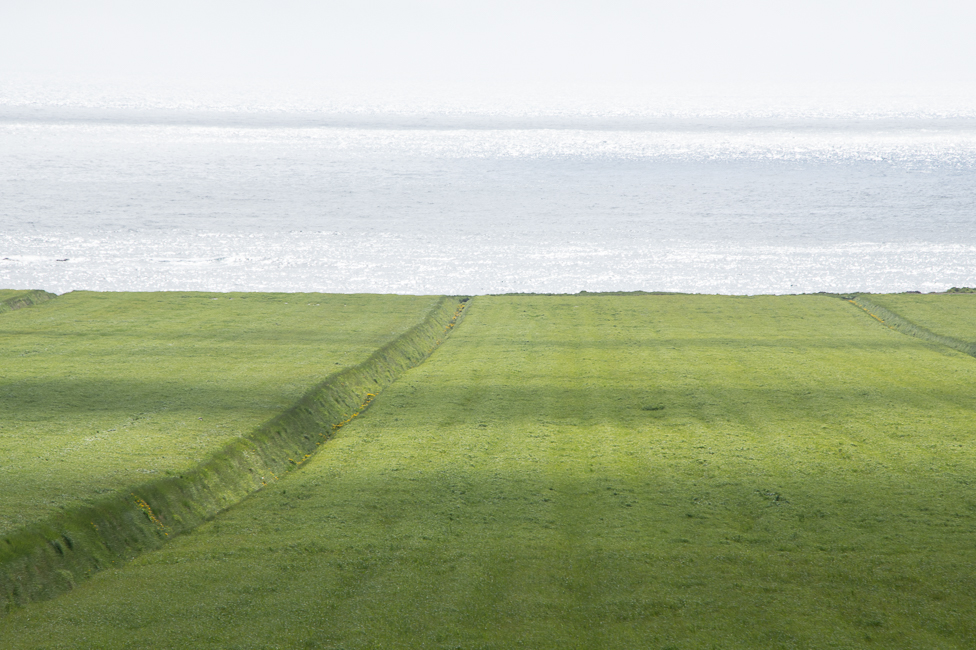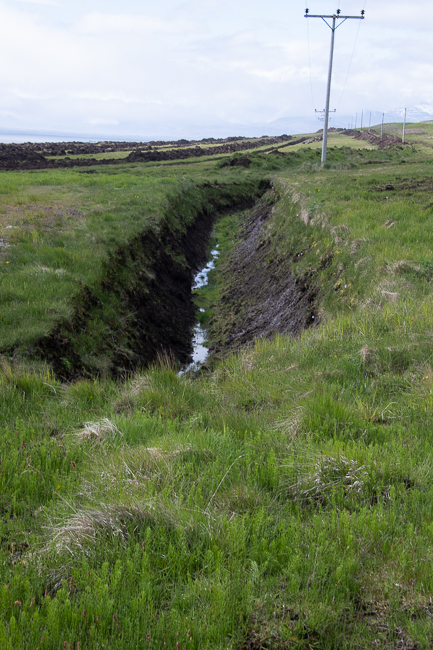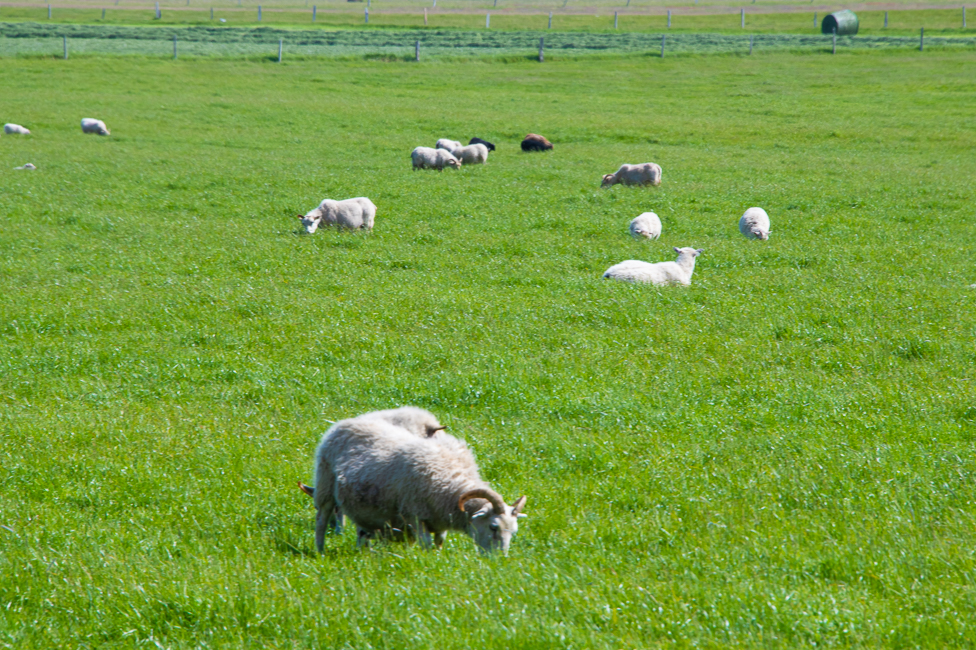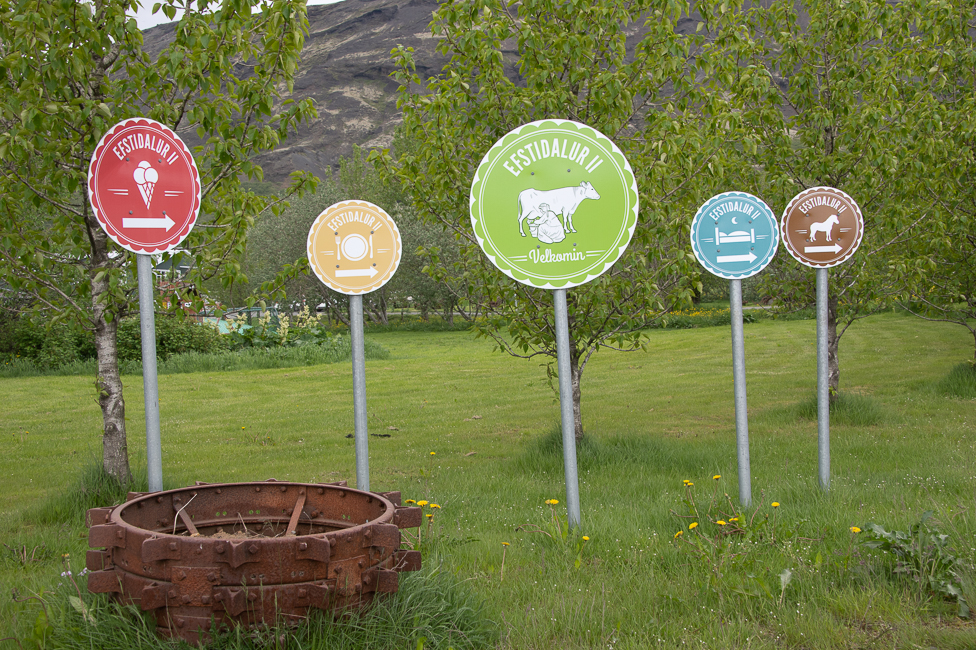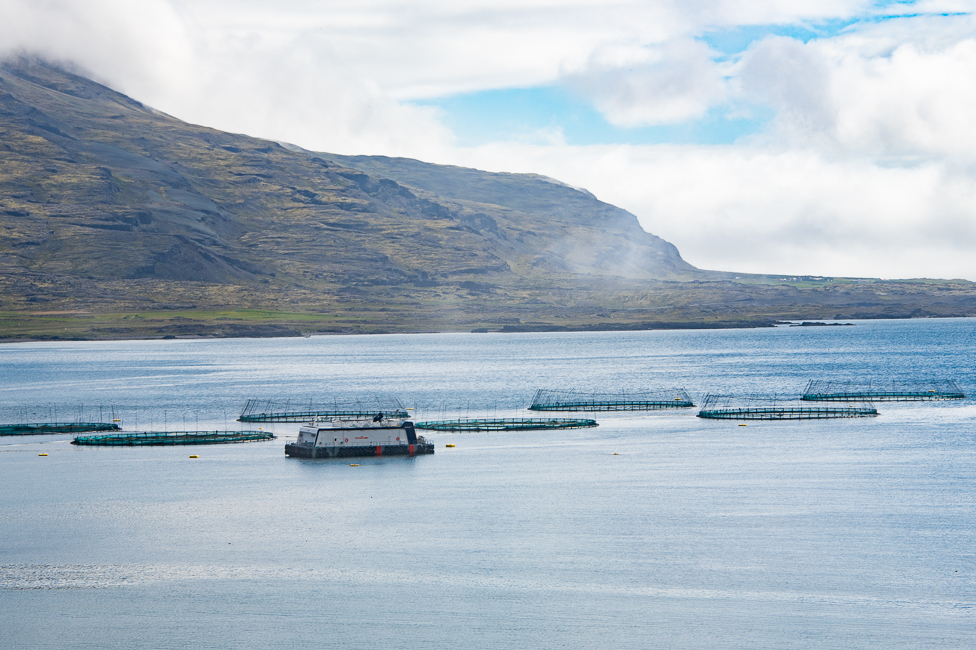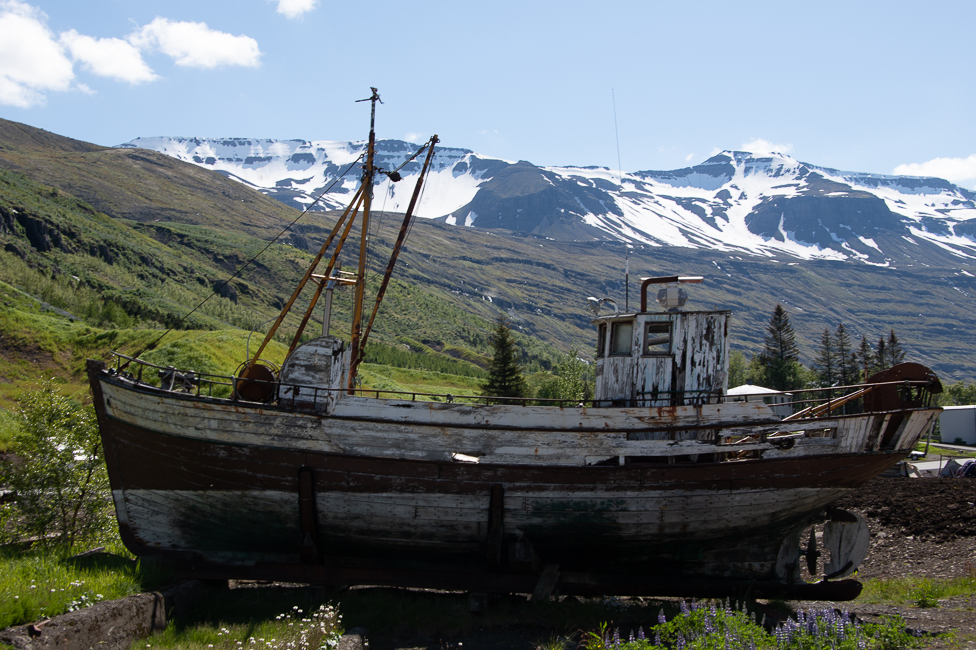June 2022
Driving through Iceland, one comes upon these “furrows” that are regular and yet mysterious. They are created to dry fields mostly for hay-making and grazing.
Excavators cut deep trenches into low-lying wetlands. Interestingly, some money from the Marshall Plan was originally used for this purpose. The trenches are connected to a brook or a river, and within some years the whole drainage system of the chosen wetland has changed.
What people did not realize was that this caused increased emission of carbon dioxide, as oxygen would react with the wet peat-like content of the soil.
 Originally, Icelandic wetlands covered about 4000 square miles, or roughly 10% of the island. The “drying-up” scheme resulted in 20,000 miles of trenches that affected 2,000 square miles of wetlands or about 40% of Iceland’s total wetlands.
Originally, Icelandic wetlands covered about 4000 square miles, or roughly 10% of the island. The “drying-up” scheme resulted in 20,000 miles of trenches that affected 2,000 square miles of wetlands or about 40% of Iceland’s total wetlands.
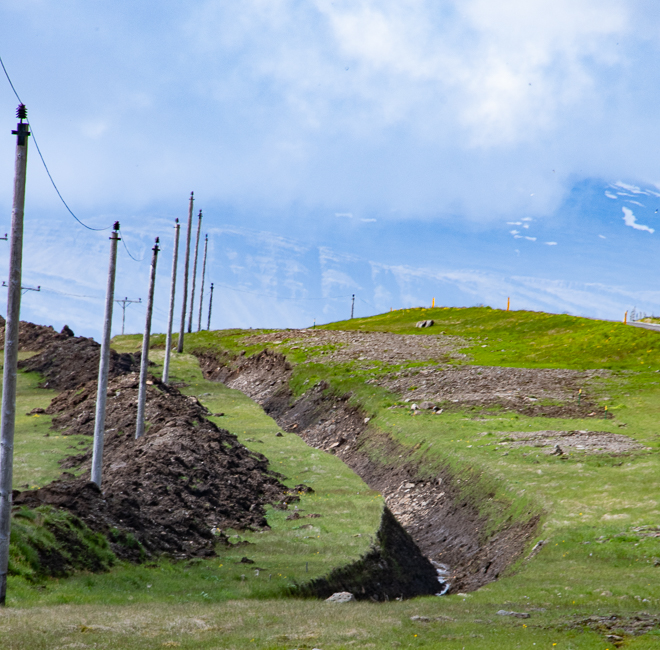
There are now some restoration projects underway, under the auspices of the State Soil Conservation Service.
Today, about 5,000 people work as farmers in the agricultural sector (about 1.7% of the population). The number of Icelandic farms barely exceeds 4,000.
One will see sheep wandering all over Iceland. They have been the lifeblood of Iceland for centuries. Brought from Norway by some of the first settlers, their wool and meat helped humans survive Iceland’s harsh conditions.
The 1783 eruption of the volcano Laki was the most fatal in the country’s history. Up to 25 percent of the population died, primarily because of famine caused by the 80 percent of the nation’s sheep lost to the ash’s poisons.
Iceland’s significant growth during World War I was also due to these creatures.
As Europe was ravaged, Icelandic wool was in high demand. The wealth that came from sheep products during the war years helped propel Iceland into the modern nation it is today.
There are approximately 800,000 sheep in Iceland, more than double the number of people.
Not as prevalent as sheep, the Icelandic cow exists and is rather unique. Icelandic cattle were brought over with Norway’s earliest settlers and have since developed unique traits. They are smaller than their European counterparts and very susceptible to foreign diseases.
In Iceland, Atlantic salmon has seen huge fluctuations in production. However, it is expected that salmon will remain the most important farmed species in Iceland over the next years, with annual production expected to rise to 22,000 tons.
Controversy surrounds this type of fishing regarding the ecological and health impacts of intensive salmonids aquaculture on the environment and its impact on wild salmon stocks. In Iceland, only certain coastal areas are open for salmonid aquaculture, mainly in the Westfjords and Eastfjords. The Marine and Freshwater Research Institute (MFRI) is tasked with estimating the carrying capacity of the affected areas of each operation, watching over this controversial form of farming.
For an island, this country is very interesting in its ability to historically feed its people. Now there is also a very progressive food culture, that is having an influence on the farming of the island.
